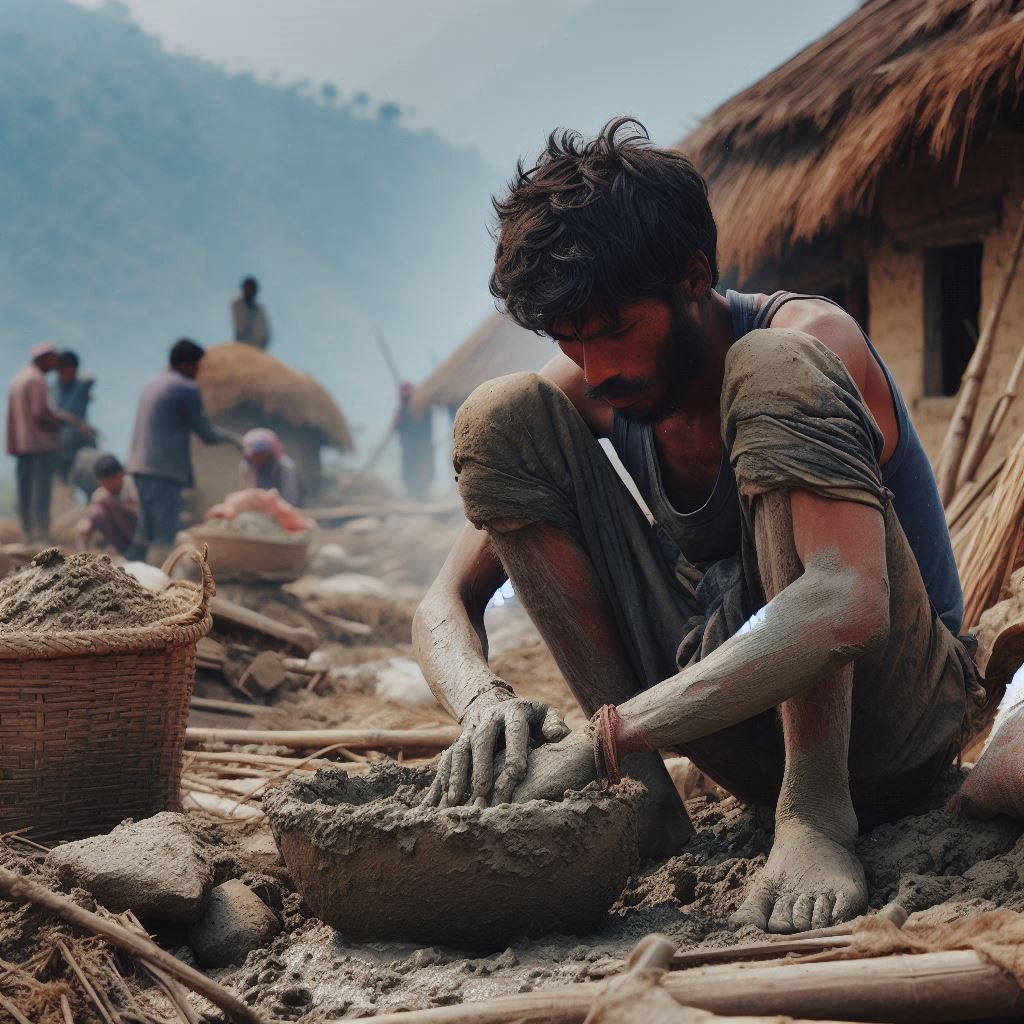Haliya the Slaves of the Western Hills

Haliya, which literally means ‘one who tills the land,’ is known as a form of bonded labor. In many cases, these debts are accumulated by their ancestors while they are forced to live in servitude. As they aren’t paid, they are again forced to take out loans for personal or family emergencies, and the aggregated interest ensures they remain in the vicious cycle.
In 1925, the Rana Prime Minister Chandra Shamsher banned slavery, the resource continued to be monopolized by the elite families as a resource the impoverished remained enslaved. UN reported one-fourth of Nepalese land was recorded as Birta, a form of tax-free land system, and a similar amount of land was controlled by landlords.
The first democratic government of Nepal in 1959 abolished the Birta system and received backlash from the feudal landlords leading to a coup in 1960. However, the autocratic regime didn’t back out of the land reformation policy and continued pushing feudalism even further until the 1990s wave of democracy changed the fate of Nepal, and Nepal once again became a democracy.
In 1995, the democratic leadership intended to crack down on the communist-led civil war and a new era started where peasants started threatening the lives of the landlords transforming the Nepalese.
Time and again the government declared to abolish the Haliya system while only 15% of freed Haliya felt they received a sufficient rehabilitation package and in some cases, the emancipation was more of a punishment than a blessing.
In Thalara Rural Municipality-9, Bajhang government paperwork identified 79 families of Thalara-9 as freed Haliyas. However, Jhima Luhar a Haliya remarked that the government gave relief to his oppressors while they were not included in the list of freed Haliya. The ward had 118 genuine Haliya families which was not included in the freed Haliya list.
In another case, Janjali used to receive food and clothing from the landlord when he remained in bonded labor. After the government started collecting statistics and information on the freed Haliya- the landowner chased Janjali from their house. He was left with no shelter and money. His name was not even included in the list of freed Haliya.
According to the reports, the government decided to buy plots of land for verified Haliya of Sudurpaschim- yet many were excluded from the rehabilitation package provided by the government.
Even the settlements created for Haliya were found to be at risk: The government side claimed, the Haliya were free to choose the location for them to buy the land but they selected a hazardous location against what was advised. As a result, freed Haliya couldn’t live in their new homes due to risks such as landslides.
In September 2019, the National Freed Haliya Society Federation was unhappy after their supposed emancipation and staged a protest. They were also furious about 1,200 aliya were missing from government statistics.
The Haliya system is prevalent in the western corner of Nepal and predominantly exploits the Dalits the marginalized minority of Nepal. The government even after abolishing slavery still struggles to actually emancipate the marginalized group while opportunists have found ways to take advantage of the scene.
Author
Kripendra Amatya
Editor
Dana Moyal Kolevzon, Director of International Relations, Nepa~laya Productions
Published Date
January 1, 1970



